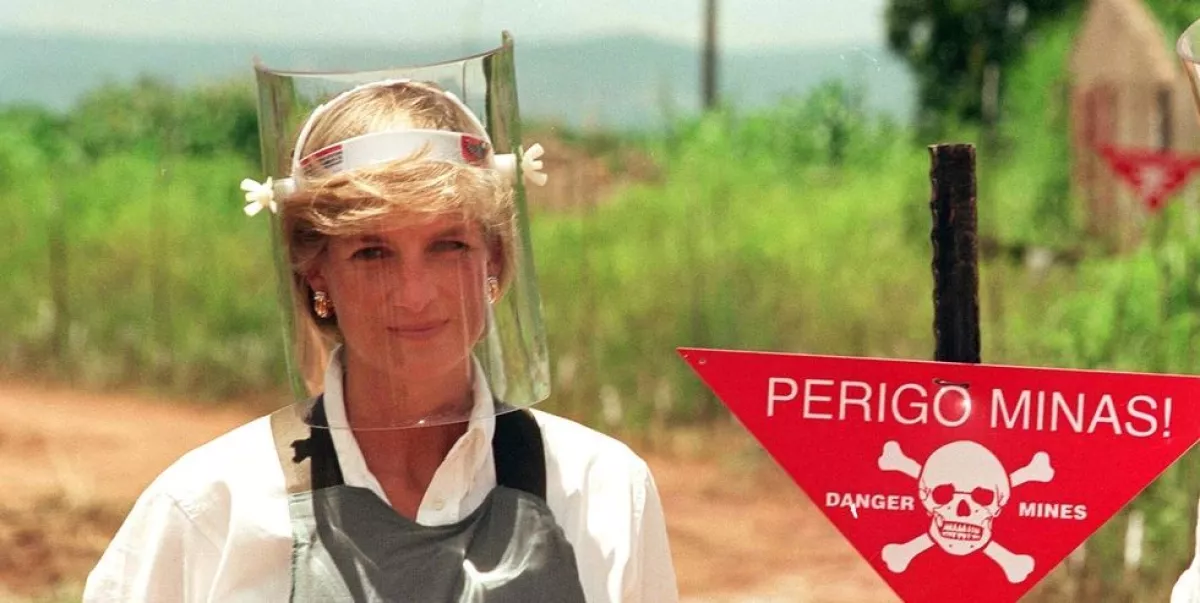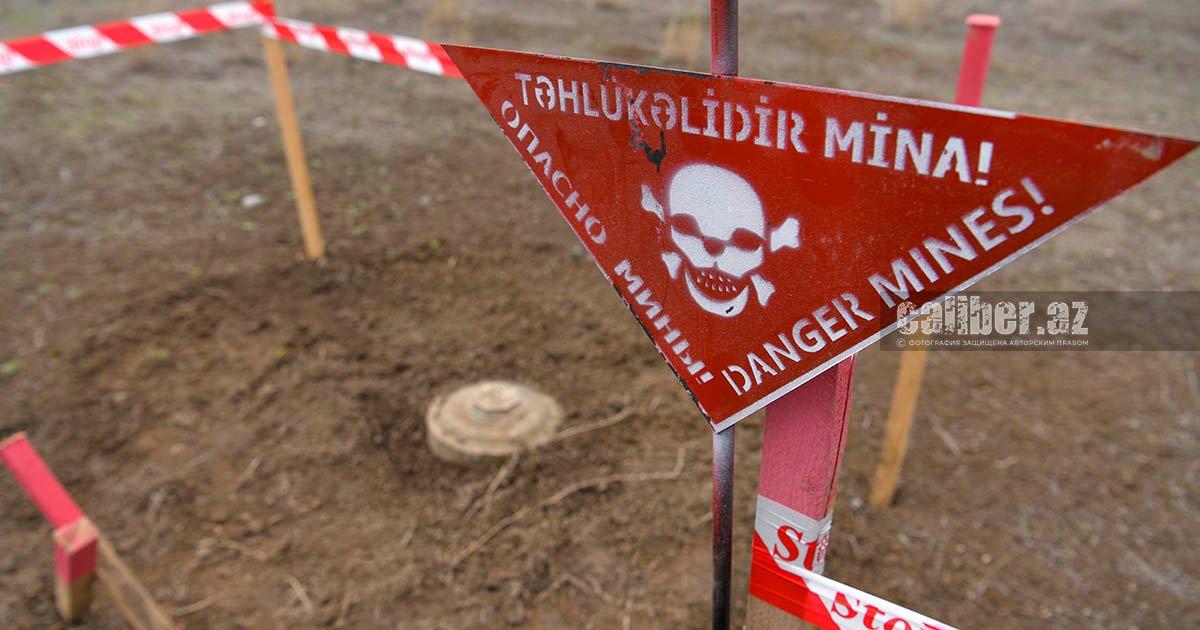Clearing path to peace: Azerbaijan’s struggle against landmines in Karabakh Article by South African newspaper
The South Africa-based newspaper Mail & Guardian has published an article addressing the landmine issue in Azerbaijan. Caliber.Az offers its readers an analysis of the piece.
The article titled "Rebuilding hope amid the landmines" by Thembisa Fakude offers a sobering yet hopeful account of the lingering impact of landmines in post-conflict Karabakh, while spotlighting Azerbaijan’s reconstruction efforts and humanitarian concerns. The piece effectively blends historical context, human toll, international legal frameworks, and ongoing recovery strategies to paint a comprehensive picture of a region still scarred by war.
Human cost and global context
The article opens with global statistics, drawing attention to the worldwide danger of landmines and underscoring their impact on civilians—84 per cent of victims, with children making up 37 per cent, according to the 2024 report by the Landmine and Cluster Munition Monitor Group. This framing broadens the issue beyond Karabakh, linking the regional crisis to a global humanitarian challenge. It also recalls the legacy of Princess Diana, whose activism brought global awareness to the landmine crisis, providing an emotional and historical resonance to the discussion.

Focus on Karabakh: Ongoing danger
The spotlight then shifts to Karabakh, described as “heavily contaminated with landmines and unexploded ordnances,” with over 340 Azerbaijani citizens killed or injured since the Second Nagorno-Karabakh War. A staggering 11,667 km² of territory is said to be affected—an area that will take decades and $25 billion to clear, according to Azerbaijani government estimates.
This portion of the article effectively communicates the sheer scale of the problem while also highlighting the limits of international agreements: Armenia has not signed the Convention on the Prohibition of Anti-Personnel Mines, and is therefore not legally bound by its provisions. However, the article correctly states that Armenia remains bound by international humanitarian law, which prohibits “indiscriminate planting of landmines and falsifying maps.”
Accountability and disputes over mine maps
A central issue raised is the disputed reliability of minefield maps provided by Armenia. While Armenia claims to have delivered such documents, Azerbaijan’s National Mine Action Agency (ANAMA) states the maps are “inaccurate, unreliable and incomplete.” This assertion highlights a continuing trust deficit and the real-world consequences of misinformation in post-conflict environments.
ANAMA’s efforts, particularly its clearance of 62,023 hectares, and recovery of over 59,000 pieces of unexploded ordnance, emphasise the technical and logistical enormity of the mission. However, the tone suggests that despite progress, the work is far from over—and the human cost continues.

Revival of Khankandi and reconstruction progress
The article juxtaposes the tragic legacy of war with signs of renewal. Khankandi (formerly Stepanakert) is described as a focal point for national identity and regeneration. Its symbolic importance—being named after the “khan (or ruler) of Karabakh”—is emphasised, alongside practical developments like the establishment of the University of Karabakh, construction of residential buildings, and education infrastructure in cities like Aghdam.
Efforts to resettle displaced Azerbaijanis and maintain Armenian homes and businesses “intact and uninhabited” reflect a stated commitment by Azerbaijan to uphold “human rights of the Armenian residents of Karabakh on an equal basis with other citizens of Azerbaijan.” While this sentiment is politically significant, its realisation remains contingent on lasting peace and mutual trust—issues not fully addressed in the article but central to the region’s future.
The article is well-structured and nuanced, offering a balanced perspective between the devastating legacy of landmines and the resilience of communities attempting to rebuild. It subtly weaves in broader geopolitical dynamics while keeping a human-centred narrative. The piece successfully raises awareness of the enduring dangers of landmines, the complexities of post-war reconciliation, and the immense challenge of reconstruction in Karabakh.
Its central message is clear: while infrastructure and opportunity are gradually returning, the shadow of landmines continues to loom large—both as a literal and symbolic barrier to peace and prosperity.
Thembisa Fakude is a senior research fellow at Africa Asia Dialogues and a director at the Mail & Guardian.








